Sustainability Initiatives
The increasing emphasis on sustainability initiatives is a pivotal driver for the Plastic Dielectric Film Market. As industries strive to reduce their carbon footprint, the demand for eco-friendly materials has surged. Plastic dielectric films, known for their lightweight and recyclable properties, align well with these sustainability goals. This shift is particularly evident in sectors such as packaging and electronics, where companies are actively seeking alternatives to traditional materials. The market for plastic dielectric films is projected to grow at a compound annual growth rate of approximately 5.2% over the next five years, driven by the need for sustainable solutions. Furthermore, regulatory frameworks promoting environmentally friendly practices are likely to bolster the adoption of these films, making them a crucial component in the transition towards greener technologies.
Technological Advancements
Technological advancements play a crucial role in shaping the Plastic Dielectric Film Market. Innovations in manufacturing processes, such as improved extrusion techniques and enhanced polymer formulations, have led to the production of high-performance dielectric films. These advancements not only enhance the electrical properties of the films but also improve their thermal stability and mechanical strength. As a result, applications in sectors like electronics and automotive are expanding, with the market for plastic dielectric films expected to reach USD 1.5 billion by 2026. Moreover, the integration of smart technologies into dielectric films, such as sensors and conductive materials, is likely to create new opportunities for growth. This continuous evolution in technology suggests that the Plastic Dielectric Film Market will remain dynamic and responsive to emerging trends.
Electronics Industry Growth
The expansion of the electronics industry serves as a significant driver for the Plastic Dielectric Film Market. With the proliferation of consumer electronics, including smartphones, tablets, and wearable devices, the demand for high-quality dielectric films has surged. These films are integral to the performance of capacitors, insulators, and other electronic components. The electronics sector is projected to grow at a rate of approximately 4.5% annually, which directly correlates with the increasing consumption of plastic dielectric films. Additionally, the trend towards miniaturization and the need for lightweight materials in electronic devices further enhance the market potential. As manufacturers continue to innovate and improve the performance of dielectric films, the Plastic Dielectric Film Market is likely to experience sustained growth.
Automotive Sector Innovations
Innovations within the automotive sector are emerging as a key driver for the Plastic Dielectric Film Market. The automotive industry is increasingly adopting advanced materials to enhance vehicle performance and efficiency. Plastic dielectric films are utilized in various applications, including insulation for electrical systems and components in electric vehicles. The shift towards electric and hybrid vehicles is particularly noteworthy, as these vehicles require high-performance dielectric materials to ensure safety and efficiency. The automotive sector is expected to grow at a compound annual growth rate of around 5% over the next few years, which will likely boost the demand for plastic dielectric films. As manufacturers focus on developing lightweight and durable materials, the Plastic Dielectric Film Market stands to gain from these automotive innovations.
Growing Demand in Renewable Energy
The growing demand in renewable energy sectors is significantly influencing the Plastic Dielectric Film Market. As the world shifts towards sustainable energy sources, the need for efficient energy storage and conversion technologies has increased. Plastic dielectric films are essential components in capacitors and other energy storage devices, which are critical for solar and wind energy applications. The market for these films is anticipated to witness a robust growth trajectory, with estimates suggesting a rise of over 6% annually in the coming years. This trend is further supported by government incentives and investments aimed at promoting renewable energy technologies. Consequently, the Plastic Dielectric Film Market is poised to benefit from this transition, as manufacturers seek to develop films that meet the specific requirements of renewable energy applications.


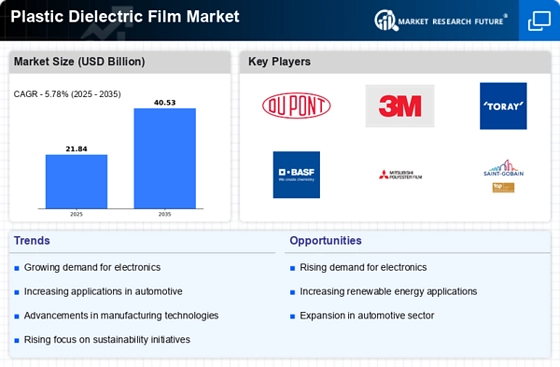

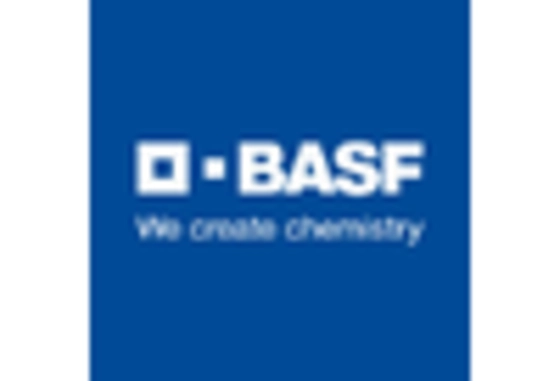

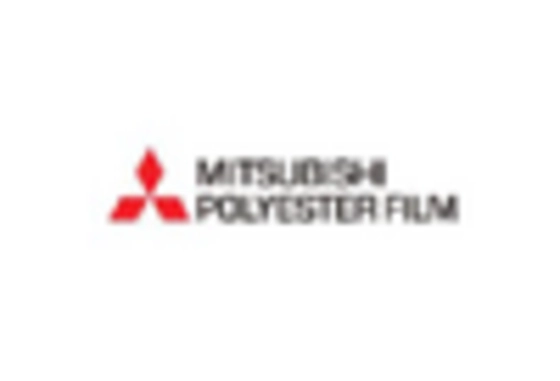
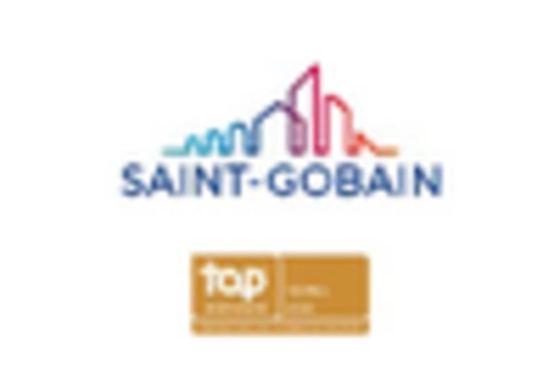
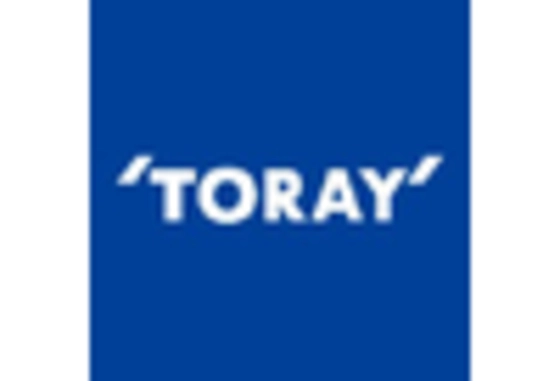








Leave a Comment